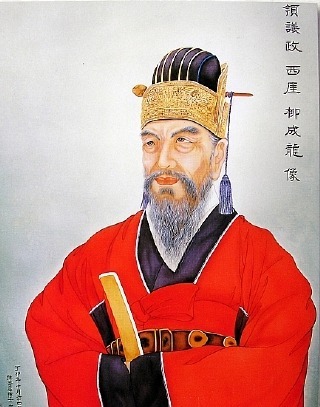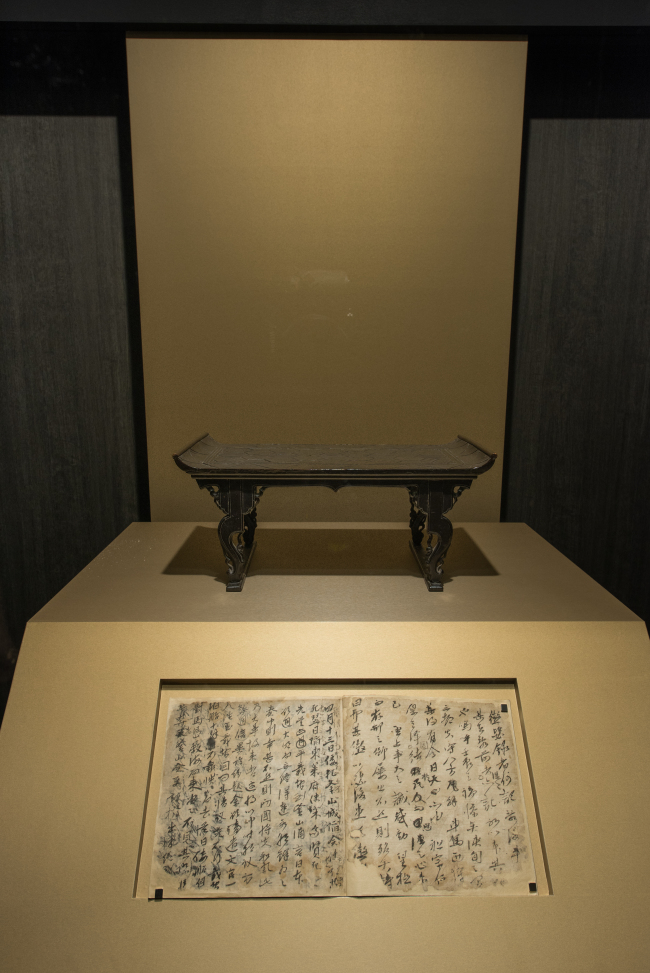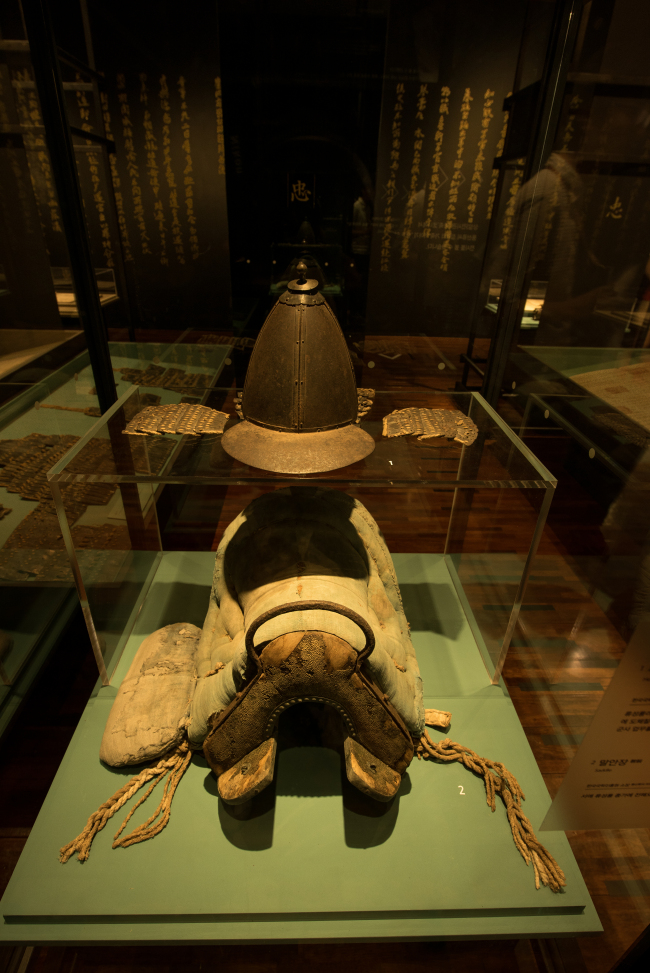Revisiting 16th-century war with Japan through memoir
Original copy of ‘Jingbirok’ on view at the National Folk Museum of Korea
By 이우영Published : Aug. 17, 2015 - 17:31
An original manuscript of “Jingbirok,” a memoir of the 1592-1598 Imjin War that is also known as the “Book of Corrections,” covering the 16th century Japanese invasion of Joseon era (1392-1910) Korea, is on view at the National Folk Museum of Korea.
The museum showcases the book, one of the most popular accounts of war in Korea, written by the “yeonguijeong” -- a Joseon era equivalent to the prime minister -- Ryu Seong-ryong (1542-1607), along with his possessions, including armor, a helmet, a saddle and notes, memos and official government documents, made and produced during the seven-year Imjin War.
The museum showcases the book, one of the most popular accounts of war in Korea, written by the “yeonguijeong” -- a Joseon era equivalent to the prime minister -- Ryu Seong-ryong (1542-1607), along with his possessions, including armor, a helmet, a saddle and notes, memos and official government documents, made and produced during the seven-year Imjin War.

The book, registered as a national treasure of Korea, is a firsthand account of the conflict written by Ryu for future generations to be alert to foreign invasion. The book elaborates on war strategies, administrative decisions and mistakes Ryu made during the war, plus his advice for the people of Joseon Korea to not repeat them.
“Ryu served as yeonguijeong of Joseon Korea during the biggest national crisis. He orchestrated the war, overcame the long-running conflict and helped restore the nation after the war,” said Choi Sun-gwon, curator of the exhibition.
Thanks to the recent KBS TV drama on the book and the Imjin War, the book has been widely read by contemporary readers. The exhibit of the original manuscript also coincides with the 70th anniversary of the country‘s independence from Japan’s colonial rule in the 20th century.
“This book is a record of what happened during the Imjin War. It also contains records of episodes that happened before the war because they contributed to the outbreak of the war,” wrote Ryu in the introduction to the book.

He depicted the disastrous state of the war with detailed accounts.
“Ah! Ah! The tragedy of the Imjin year was devastating. Within a few ten days, we lost three major cities -- Hanyang, Gaeseong and Pyongyang. The country fell apart. The king had to flee for refuge. But we still exist until this day thanks to the help from a god,” he wrote.
During the war, he kept documents sent by King Seonjo containing orders and important notes and memos, which became source materials for “Jingbirok.”
On display are also documents and notes, as well as a rare record of soldiers who participated in the Imjin War. The book dated May 1596 features detailed physical profiles of Joseon soldiers, including heights, facial features, whether they had a mustache or beard, scars on their faces, strength and expertise. It reveals an interesting fact that the average height of soldiers ranged between mid-140 centimeters to mid-150 centimeters.

The exhibition also unveils maps and charts of strategic points and tactics during the Imjin War.
The war ended in victory for Joseon Korea, but left many people without homes or any means of living. A large part of the land was completely destroyed.
It was the devastation of the war that drove Ryu to write the “Jingbirok” in hopes future generations would not repeat the same mistakes that caused the war.
Ryu started writing the book after he returned to his hometown of Andong following the war.
But his earlier attempt to resign failed as the king needed him to manage the aftermath of the war. In his resignation letter, he tried to persuade the king by listing illnesses he suffered stemming from the long war.
“The root of the disease started in the fall and winter of the Imjin year. Sometimes I stayed in Baeksangru tower in Anju. It was in an open space where the northern wind blew through. I couldn’t sleep every night from cold and fever,” he wrote in a note.
King Seonjo, however, declined his wish for resignation, citing the huge task to restore the nation.
The letters exchanged between Ryu and the king are reminders of Ryu’s loyalty to the king and the trust that he earned from the hard-earned victory.
The “Jingbirok” exhibition continues through Sept. 30 at the National Folk Museum of Korea. For more information, visit www.nfm.go.kr.
By Lee Woo-young (wylee@heraldcorp.com)


![[AtoZ into Korean mind] Humor in Korea: Navigating the line between what's funny and not](http://res.heraldm.com/phpwas/restmb_idxmake.php?idx=644&simg=/content/image/2024/04/22/20240422050642_0.jpg&u=)


![[Exclusive] Korean military set to ban iPhones over 'security' concerns](http://res.heraldm.com/phpwas/restmb_idxmake.php?idx=644&simg=/content/image/2024/04/23/20240423050599_0.jpg&u=20240423183955)
![[Herald Interview] Why Toss invited hackers to penetrate its system](http://res.heraldm.com/phpwas/restmb_idxmake.php?idx=644&simg=/content/image/2024/04/22/20240422050569_0.jpg&u=20240422150649)
![[Graphic News] 77% of young Koreans still financially dependent](http://res.heraldm.com/phpwas/restmb_idxmake.php?idx=644&simg=/content/image/2024/04/22/20240422050762_0.gif&u=)






![[Exclusive] Korean military to ban iPhones over security issues](http://res.heraldm.com/phpwas/restmb_idxmake.php?idx=652&simg=/content/image/2024/04/23/20240423050599_0.jpg&u=20240423183955)



![[Today’s K-pop] Ateez confirms US tour details](http://res.heraldm.com/phpwas/restmb_idxmake.php?idx=642&simg=/content/image/2024/04/23/20240423050700_0.jpg&u=)